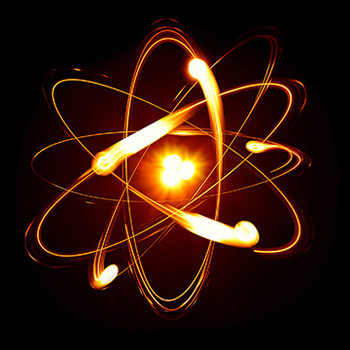Question #17c0e
2 Answers
If
Explanation:
Let's analyze the question, first the gas considered here is air. It is generally observed that if the gas concerned is air, it is considered as an ideal gas, thus the ideal gas law applies.
Next, lets consider the bulb. It is usually assumed that the bulb is rigid thus it has Constant Volume. Next, the bulb is open and it is assumed that the bulb is exposed to the atmosphere thus it has Constant Pressure .
As shown above, the constant quantities were transposed to the other side of the equation. Next, like usual equations, you equate constant entities. At any condition, the relationship between (PV)/R remains constant and substituting its equivalent definition from the previous equation you could get your working formula.
The way the conditions are set up are very particular. The bulb is open, so we cannot outright say the volume is constant (and in fact, it is not necessarily so!). However, an open bulb does mean constant pressure.
Given that the temperature and mols of gas change, and no other variables are described, we must assume that the initial and final states of the volume are equal, even though the volume of the gases will change along the way.
Since volume is a state function (as are pressure, temperature, and mols of gas!), we don't have to worry about what happened in between. Therefore, assuming the air consists of ideal gases:
PV = nRT where
P is the pressure,V is volume of the gases,n is the"mol" s of gas,R is the universal gas constant, andT is the absolute temperature in"K" .
Setting up the initial and final states:
PV_1 = n_1RT_1
PV_2 = n_2RT_2
Solving for
=> (n_1T_1)/(V_1) = (n_2T_2)/(V_2)
Since we assume the initial and final volume states are the same, we assume that
n_1T_1 = n_2T_2
and the final temperature is:
color(blue)(T_2) = (n_1/n_2)T_1 = (n_1)/(n_1 + 0.25n_1)T_1
= 1/1.25 T_1
= 4/5(19 + "273.15 K")
= color(blue)("233.72 K") or
-39.43^@ "C" .


